If you burn or make candles then you will probably heard of the term “candle tunneling,” and in most instances you will most likely have experienced it at some point. Candle tunneling is a common but preventable problem that can occur when burning a candle.
As this is a topic that we get asked about alot we thought it would be helpful to put our knowledge down on paper, so here goes…
WHAT IS “CANDLE TUNNELING”?

Tunneling happens when only a small portion of the wax around the wick melts while the candle is burning. So instead of having the whole surface of the candle melt evenly, it will look as though the flame is burrowing into the candle and creating what resembles a long, small tunnel — hence the name.
When this happens the wax directly underneath the flame, in the tunnel, quickly melts into liquid while the surrounding wax on the outside remains hard and unmelted. This effect causes the tunneling to become worse over time and can drastically reduce the total burn time of your candle. The real issue is that once a candle starts tunneling it is very hard to stop as the wick gets deeper into the whole and the flame struggles to find enough oxygen to sustain itself, causing the candle to extinguish.
WHAT CAUSES THE TUNNELING OF A CANDLE
Unfortunately tunnelling can happen to any candle – even the most expensive ones but what causes it and more importantly how can we avoid it happening?
There are two main causes of candle tunneling:
Candle Burning Habits – in particular the first burn.
Incorrect Wick Size
Lets look at these in detail:
Candle Burning Habits
One of the biggest revelations to a lot of people is that wax has a memory and if you do not burn your candle out to the edge of your container on your first burn before blowing it out then you will most likely experience tunnelling. Why? Because if you only burn the center of the candle on your first burn then this wax becomes a softer wax than the surrounding wax and therefore requires less thermal energy to melt again.
NOTE: Depending on the size of the candle this process will take between 2-4 hours to burn out to the edge of your container so make sure you have the time when you first light your candle.
Incorrect Wick Size
The other cause of candle tunneling is when the wick chosen is too small for the size of the candle. A wick is the main energy source in a candle and if it can’t generate enough heat
If the wick is too small, it might not be able to generate enough heat to melt the wax all the way at the edge of the candle. As a result, even if you give your candle plenty of time on the first burn, you may still end up getting tunneling.
This is a problem with the design of the candle, which is why tunneling is more common in the mass-produced candles that use cheaper wicks. It is critical that you measure then inside diameter of your candle container and then refer to our handy wick guides to get the correct sized wick.
HOW TO FIX CANDLE TUNNELING
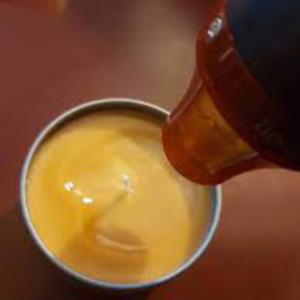 What should you do if your candle has already started tunneling?
What should you do if your candle has already started tunneling?
Conceptually speaking, in order to fix candle tunneling, all you need to do is melt the outer wax surrounding the tunnel and make the surface even again. However if the tunneling is severe (i.e. the tunnel is more than 2.5cm deep), it may be difficult to salvage. You might need to spend a lot of time to melt down and remove the extra wax.
But if the tunnel is still pretty shallow (ideally 1-1.5cm or less), you can fix the tunneling without too much trouble. This can be done via a hair dryer or heat gun where you melt the harden wax around the container. This “resets the memory” of the wax, so to speak, widening the melt pool that reaches all the way to the edges.
Please note when using your hair dryer, don’t turn it on directly over the candle — hold it far away and slowly move it closer to an appropriate distance where it won’t be blowing melted wax all over the place.
And that’s it! We hope you have found this useful and will help you enjoy candles that last longer and burn more beautifully.

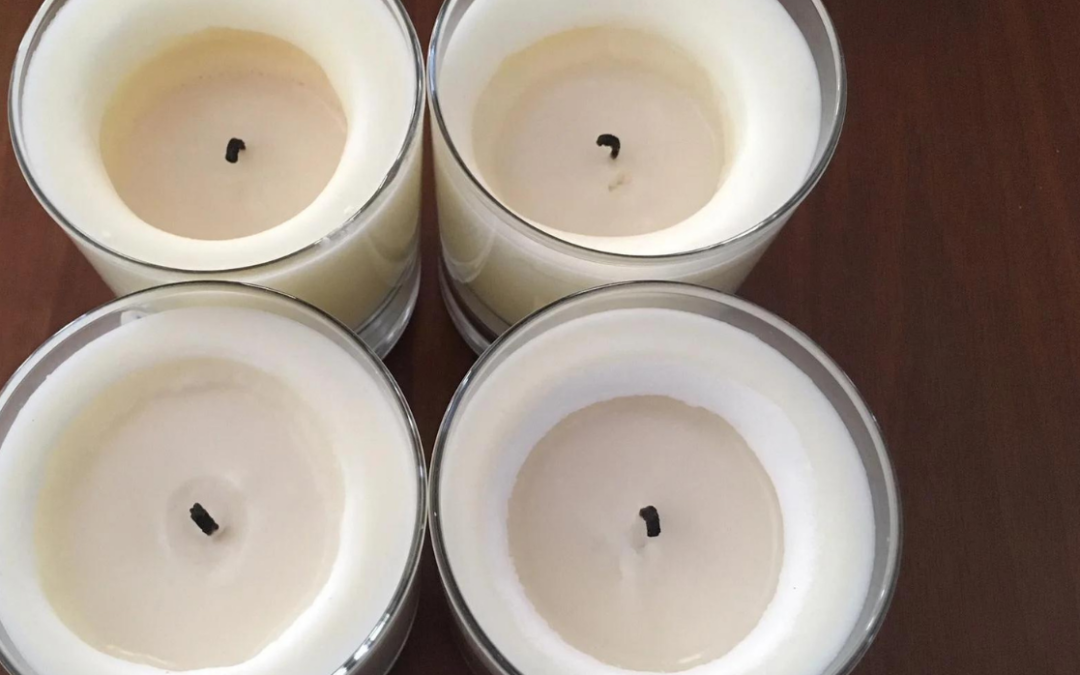
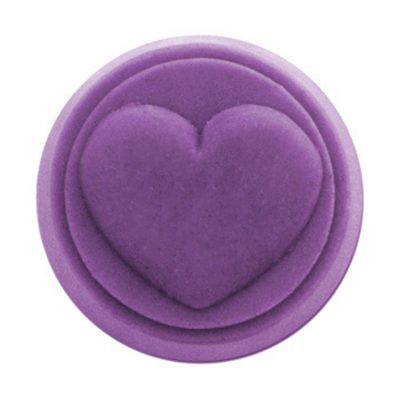
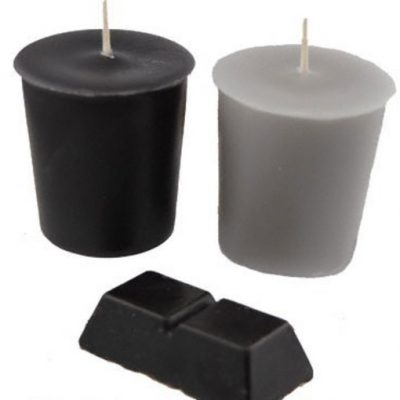
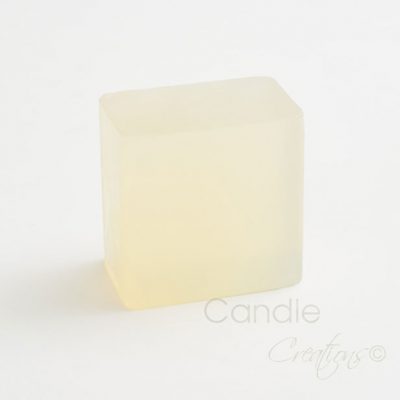

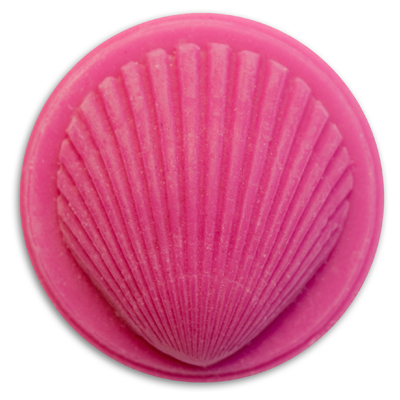
Tunneling can have other contributory causes
Very thick-walled glass jars act as a heat sink and can conduct heat away from the warming wax at the outer edge of the melt pool. This can cause tunneling on shorter burns, but on really long burns the glass will eventually start to heat up and a very deep melt pool will result. You need to allow for wall thickness as well as the jar’s internal diameter when selecting an appropriate wick size to avoid tunneling.
Room temperature may also affect the burn. A cold room in winter can chill the jar and the outer surface of the wax, preventing the formation of a complete melt pool. The same candle would probably burn without tunneling in a warm room